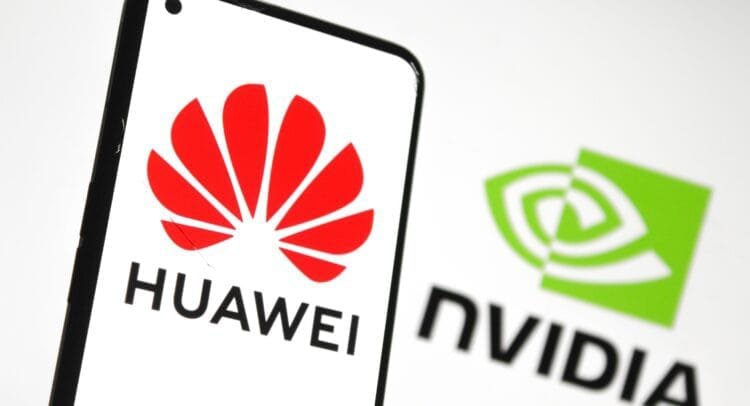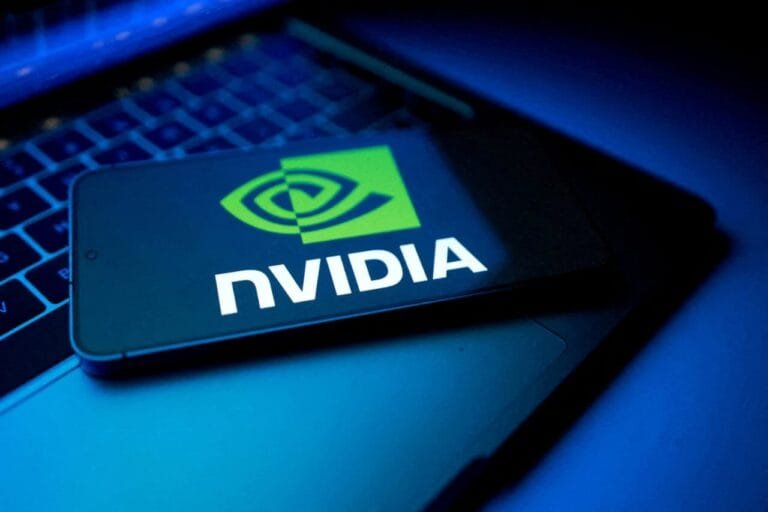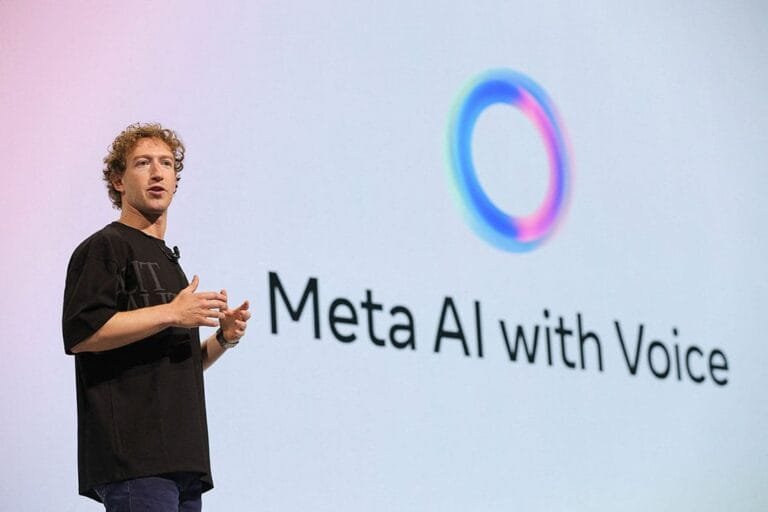
Huawei’s CloudMatrix 384 supercomputer clusters 384 Ascend 910C chips to challenge Nvidia.
Huawei shows AI computing system ready to compete with Nvidia’s top product
So Artificial Intelligence (AI) is one of the fastest developing technologies in today’s world. Also, its future depends heavily on computing power. And in this field, Nvidia has long been a leader with its powerful graphics processing units GPUs and extensive software ecosystem. But China’s giant technology company Huawei is now ready to challenge this dominance. Also, Huawei has recently unveiled its cutting-edge AI computing system CloudMatrix 384. So that which industry experts are considering as a direct rival to Nvidia’s most advanced offering GB200 NVL72. This move not only gives rise to a new competition in the AI hardware market. But it is also an important milestone towards China’s technological self-reliance. Also, Nvidia’s dominance in the AI market, which is a detailed analysis, Nvidia has maintained its position in the AI computing market for more than a decade.
The basis of leading AI models
So the world’s largest and most complex AI models such as ChatGPT and Google Gemini, Meta LLaMA are based on Nvidia’s GPUs. So that is a testament to their performance and reliability. As well as the market share that by the first quarter of 2025, Nvidia had about 92% of the discrete desktop GPU market and controls more than 80% of the market for GPUs used to train and deploy AI models. This shows its unmatched dominance in the market. As well as financial success that Nvidia’s market capitalization has recently surpassed $4 trillion, driven by the growing global demand for data center hardware due to the AI boom. Which reflects its extraordinary financial success. In short, Nvidia has not only developed powerful hardware. But also created a comprehensive software ecosystem that has set industry standards for AI development.
Huawei’s CloudMatrix 384
The Rise of a Powerful Contender Huawei’s CloudMatrix 384 system strings together 384 of the company’s latest Ascend 910C AI chips. And that’s a significant engineering feat, especially in light of US export restrictions that have prevented Huawei from accessing the most advanced US chip technology. Plus a system architecture that, according to a semiconductor research group called SemiAnalysis, the CloudMatrix 384 system outperforms Nvidia’s GB200 NVL72 at some scales, which uses 72 B200 chips. That’s what SemiAnalysis founder Dylan Patel said in an April 2025 article that Huawei now has AI system capabilities that can outperform Nvidia. Huawei says the system uses a “supernode” architecture, which allows chips to be interconnected at super-high speeds. This architecture allows Huawei to effectively consolidate a large number of chips and create a massive computing cluster.
Performance gain (at the system level)
So according to reports from Tech PowerUp and Semi Analysis, Huawei’s CloudMatrix 384 offers about 1.7 times more petaflops across total BF16 compute, 3.6 times more in total HBM High Bandwidth Memory capacity, and supports five times more GPUs and associated bandwidth than Nvidia’s NVL72 cluster. And this means that for building large AI superclusters where total throughput and interconnect speed are most important, Huawei’s solution makes more sense. Along with homegrown solutions, Huawei’s move is extremely important for China, as it is a big step towards the country’s technological self-reliance. US sanctions have forced Huawei to focus on domestic chip development, and the company has emerged as the most promising domestic supplier of chips needed for AI development in China.
Future prospects and implications
The battle between Nvidia and Huawei in the AI computing market is constantly intensifying. This competition leads to several important implications. Increased innovation, which means intense competition between the two companies will drive innovation in both AI hardware and software, ultimately leading to better and more efficient AI solutions. Technological self-reliance, which means Huawei’s success is important for China in achieving its goal of technological self-reliance. And it helps mitigate the effects of US sanctions and strengthen the domestic AI ecosystem. Geopolitical implications, which also reflects geopolitical tensions in the technology sector. Where countries are striving for self-reliance in critical technological capabilities. And cost efficiency, which means Huawei’s aggressive pricing strategy as seen with the Ascend 910C can provide more affordable solutions for enterprises to enhance AI infrastructure. Which can increase the reach of AI.
Model Reliability
Long-term training reliability is still a key issue for Chinese processors due to Nvidia’s decades-long development lead. But Huawei is working hard to reduce this gap. In short, Huawei’s CloudMatrix 384 system is more than just a hardware product. It is a symbol of China’s technological ambition, innovation capability, and its determination to become a major player in the global AI race. But Nvidia still holds a strong position globally and has a huge developer base through CUDA. Huawei’s progress is strengthening China’s AI ecosystem and solidifying its position as an important player in the global AI landscape. In the coming years, it will be interesting to see how these two giants shape the future of AI computing and what direction this competition takes the development of AI technology.
And in conclusion
Huawei’s CloudMatrix 384 AI computing system is a significant technological achievement that demonstrates its ability to challenge Nvidia’s dominance in the AI hardware market. But at the individual chip level, Nvidia’s products may still perform better. Huawei’s system-level innovation and large-scale integration capability make it a formidable opponent. And this is despite US sanctions. Huawei has demonstrated its innovation capability and emerged as a key player in China’s AI ecosystem. At the same time, this competition will shape the future of AI technology and drive innovation that will ultimately benefit users and industries around the world.




